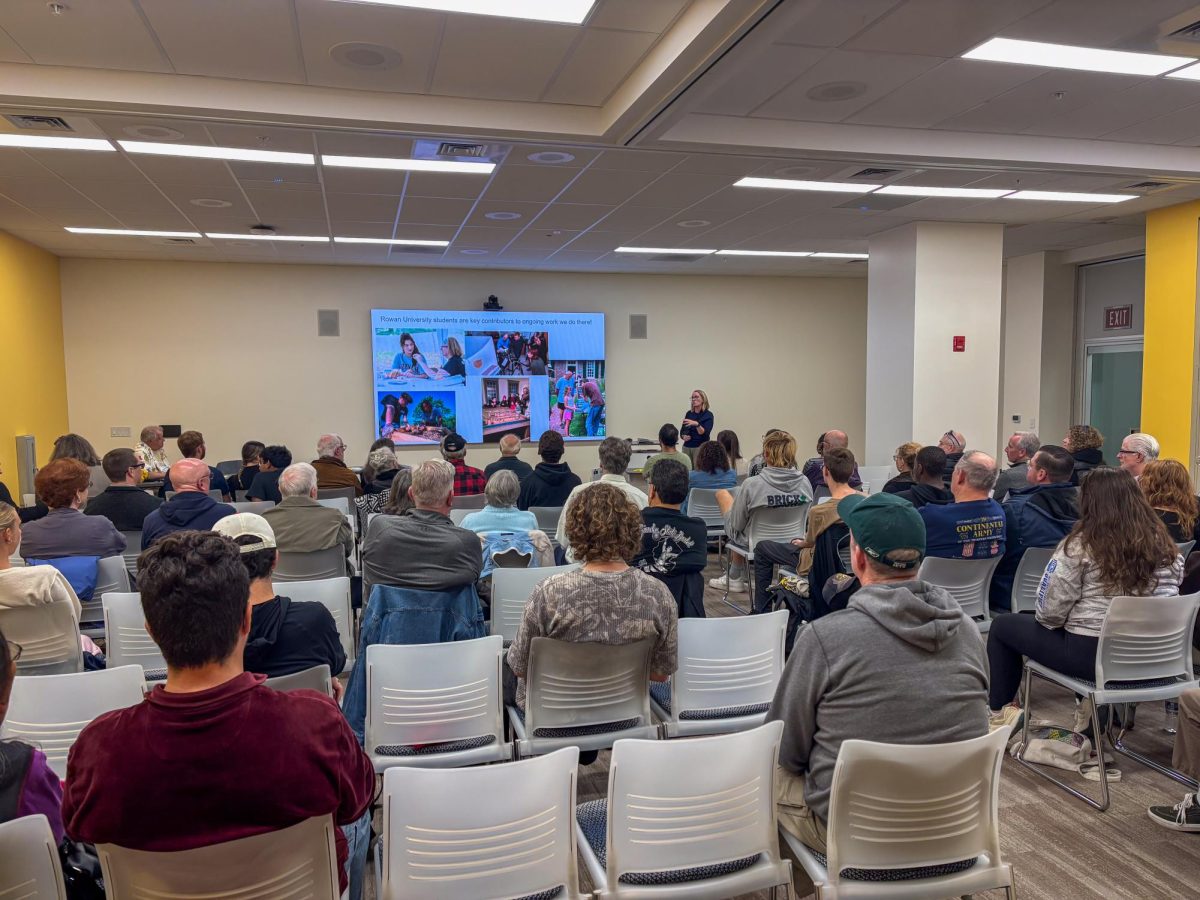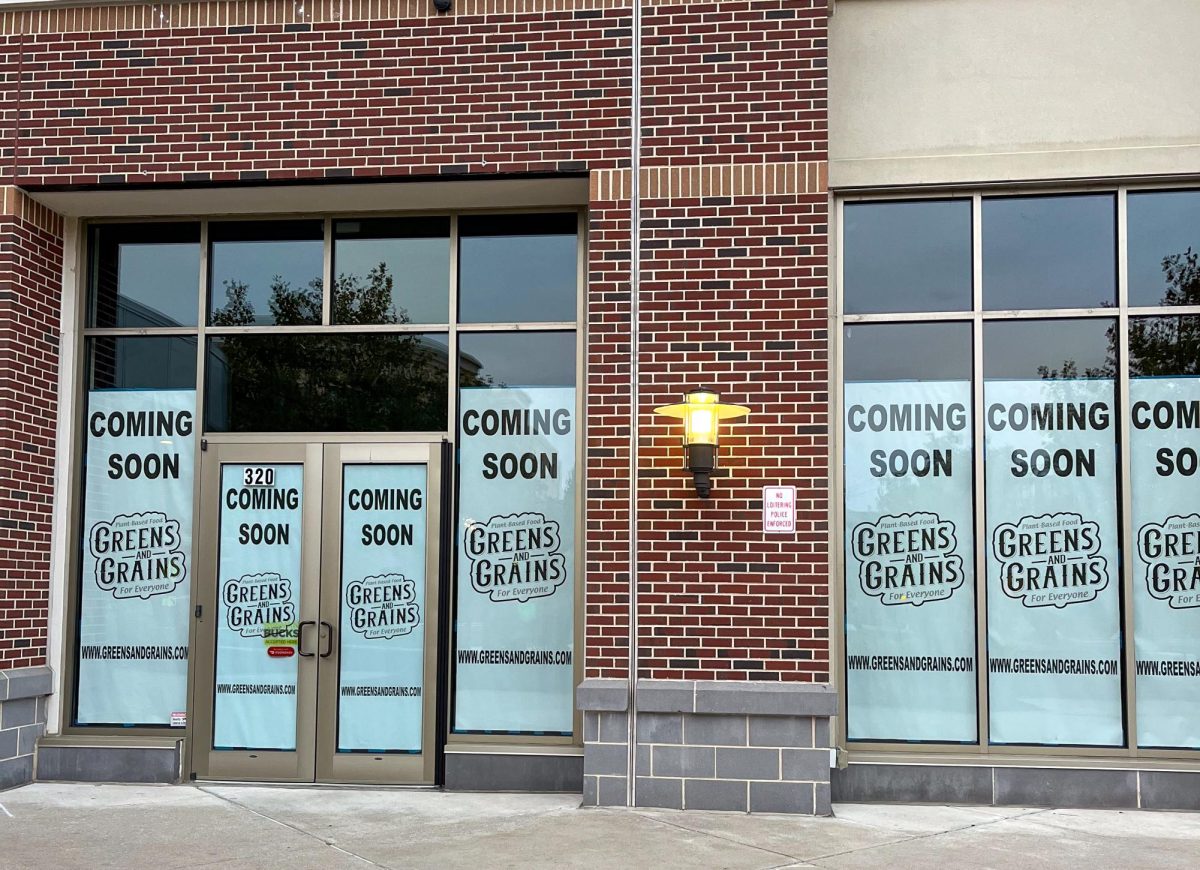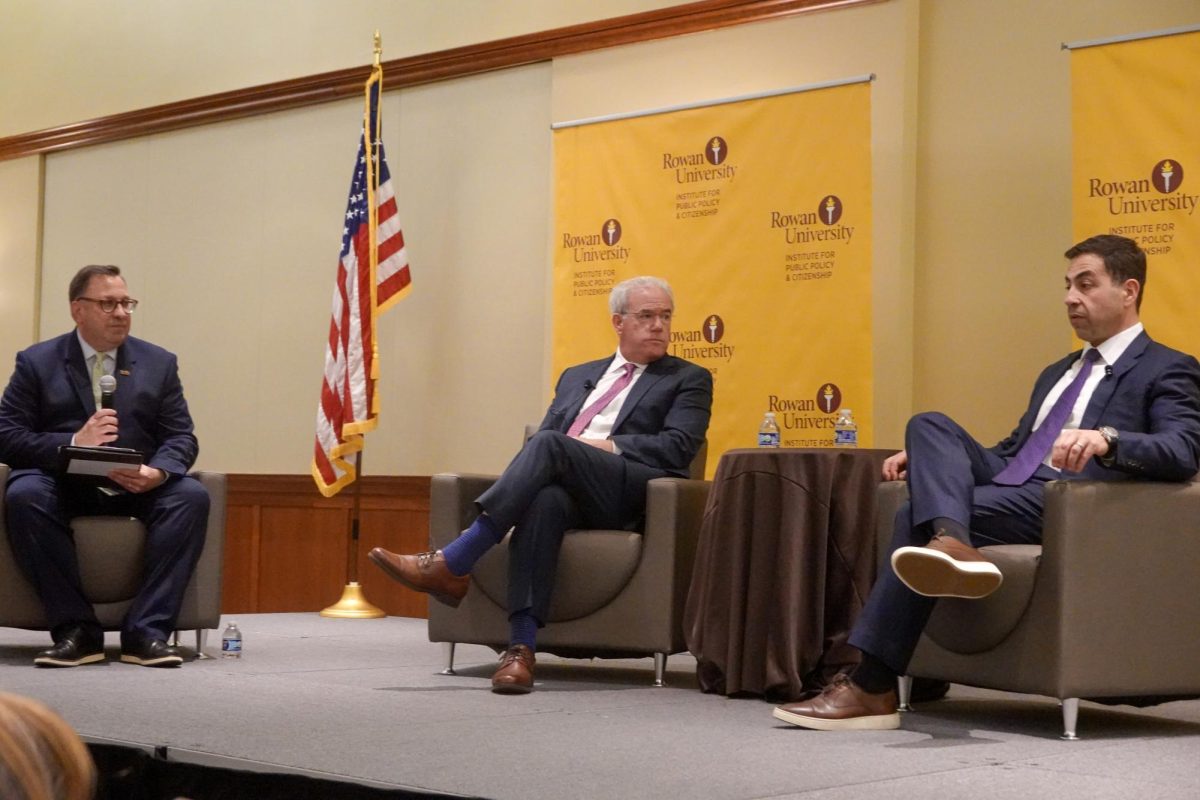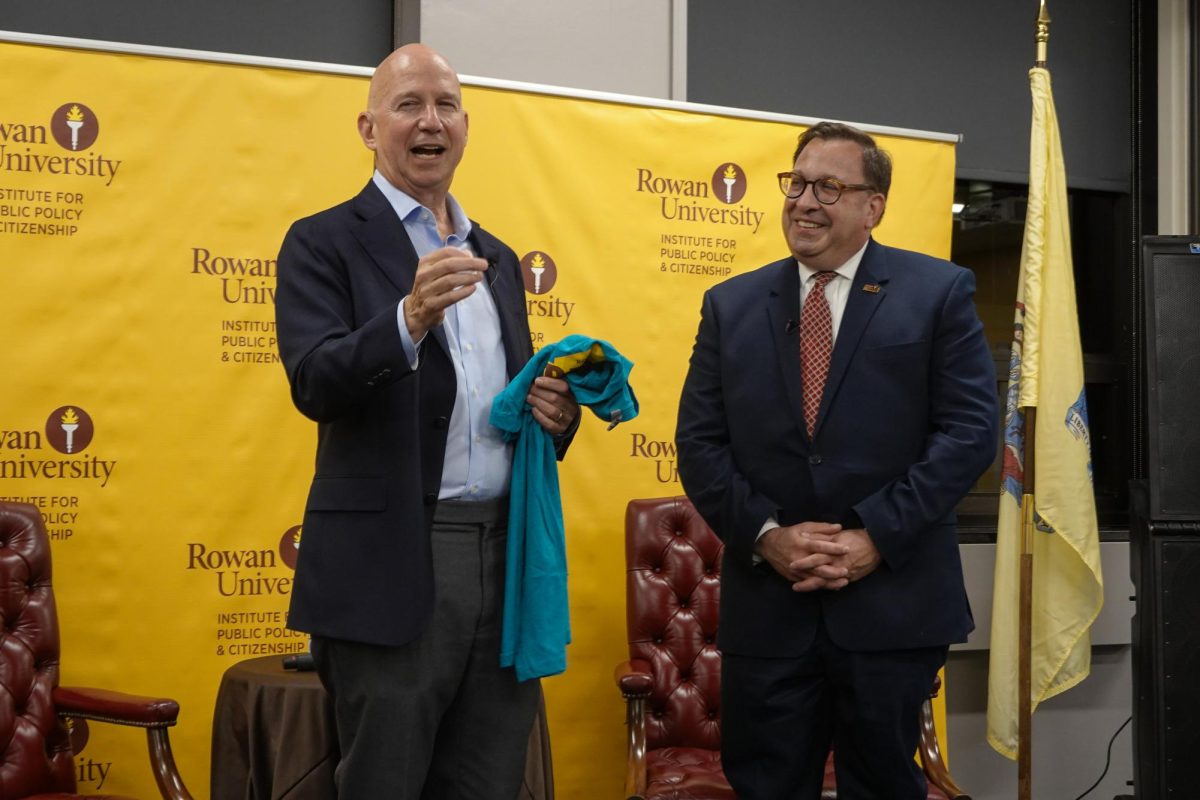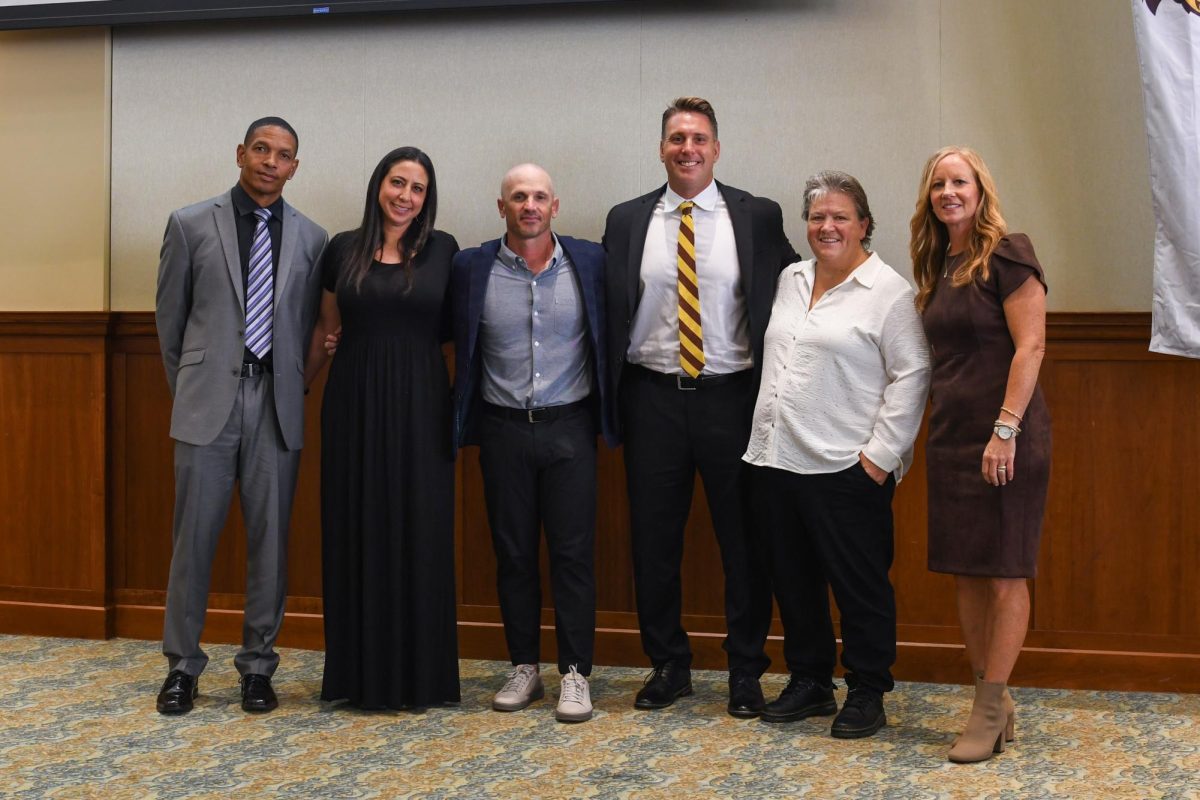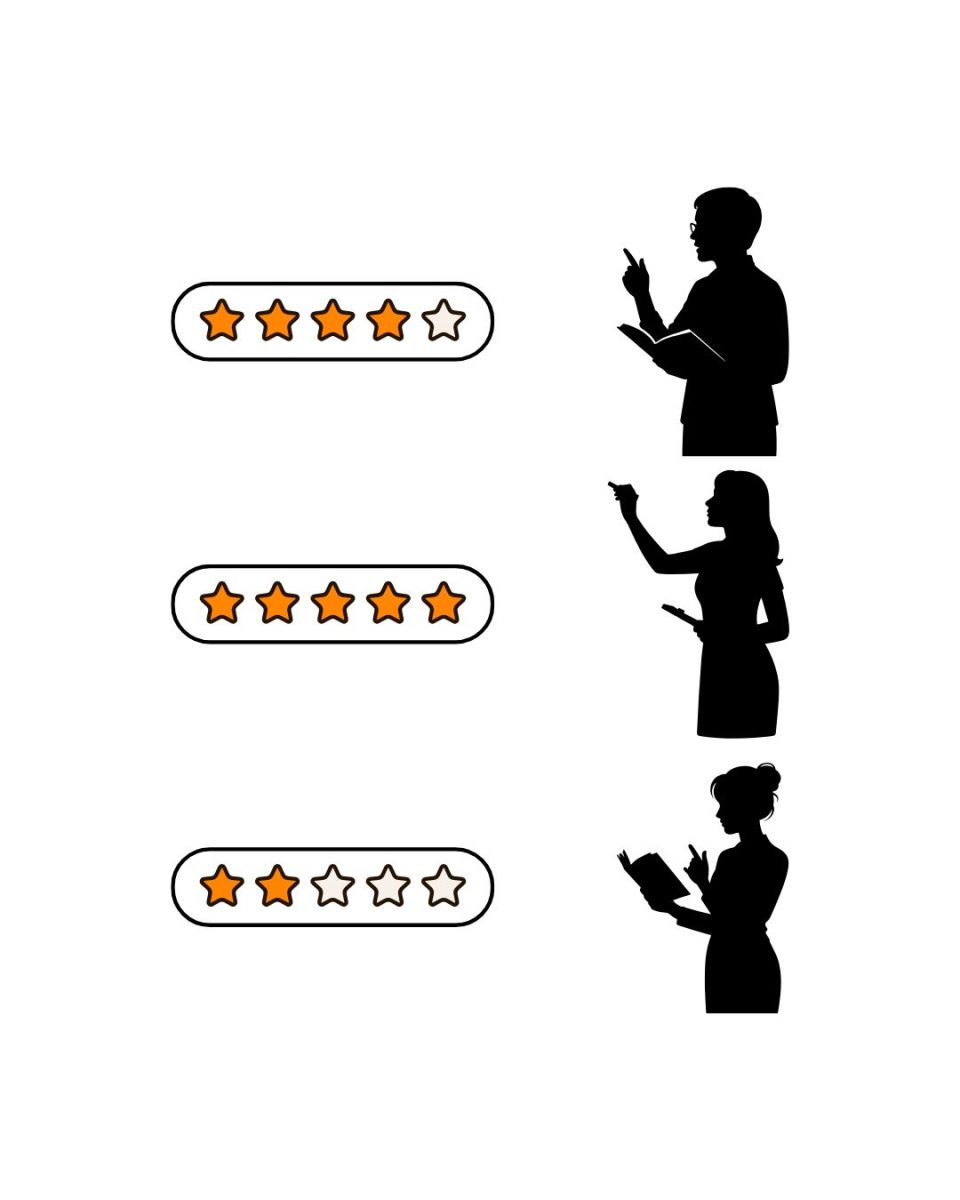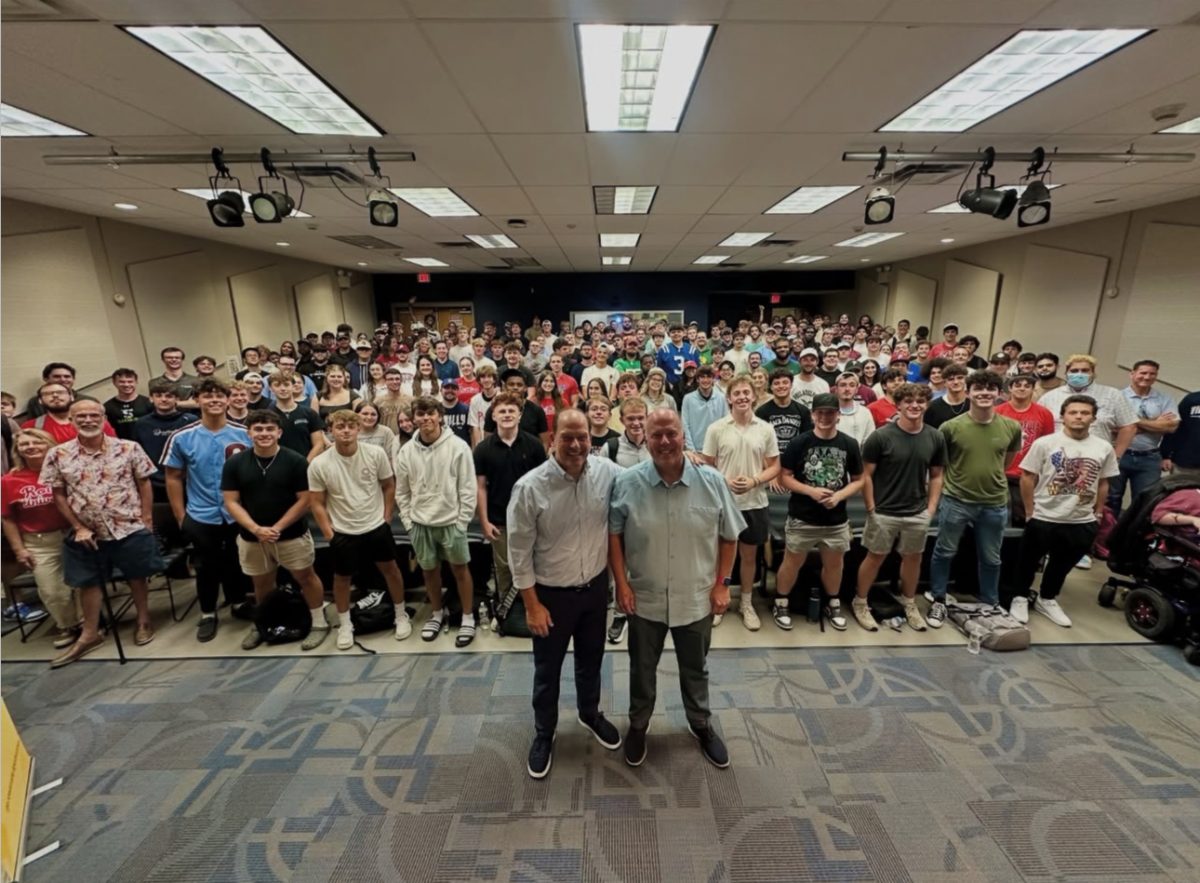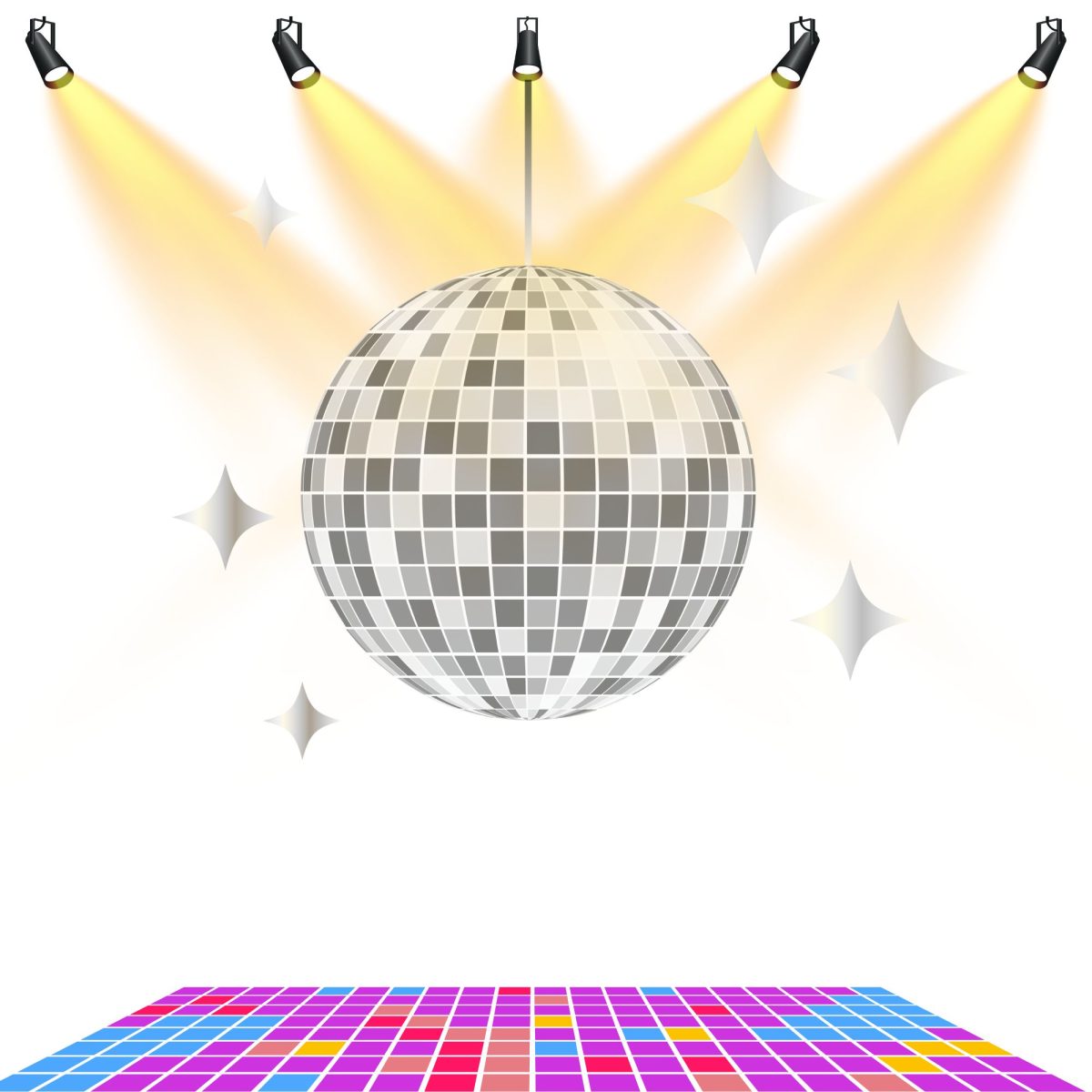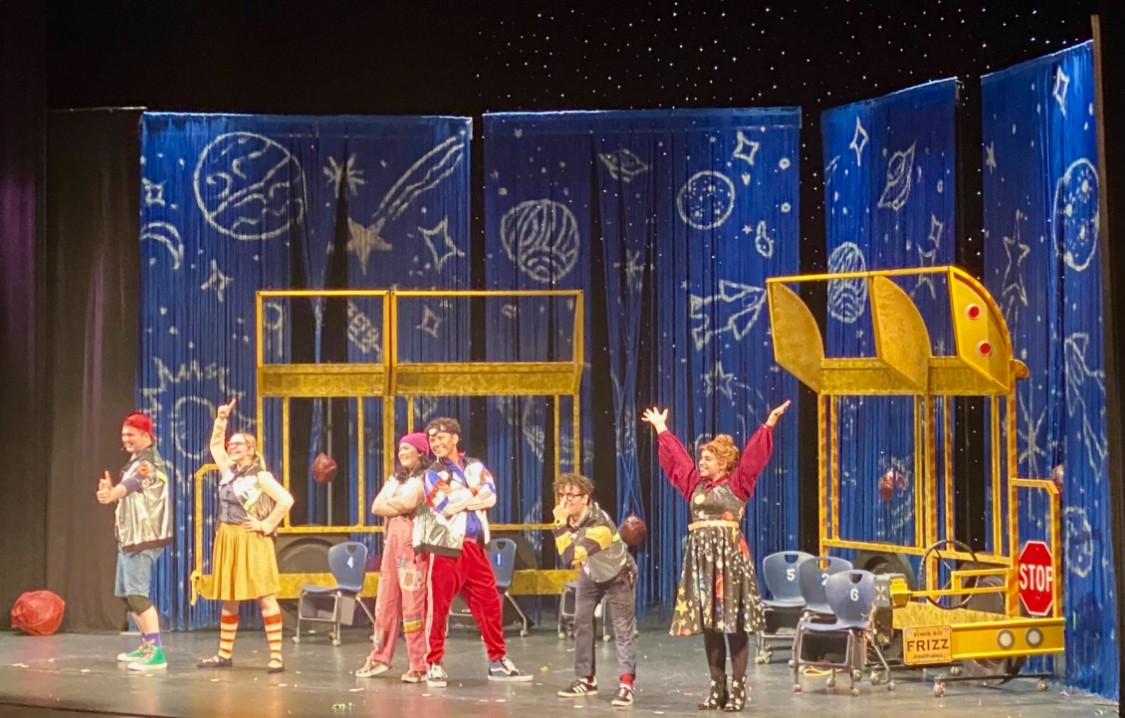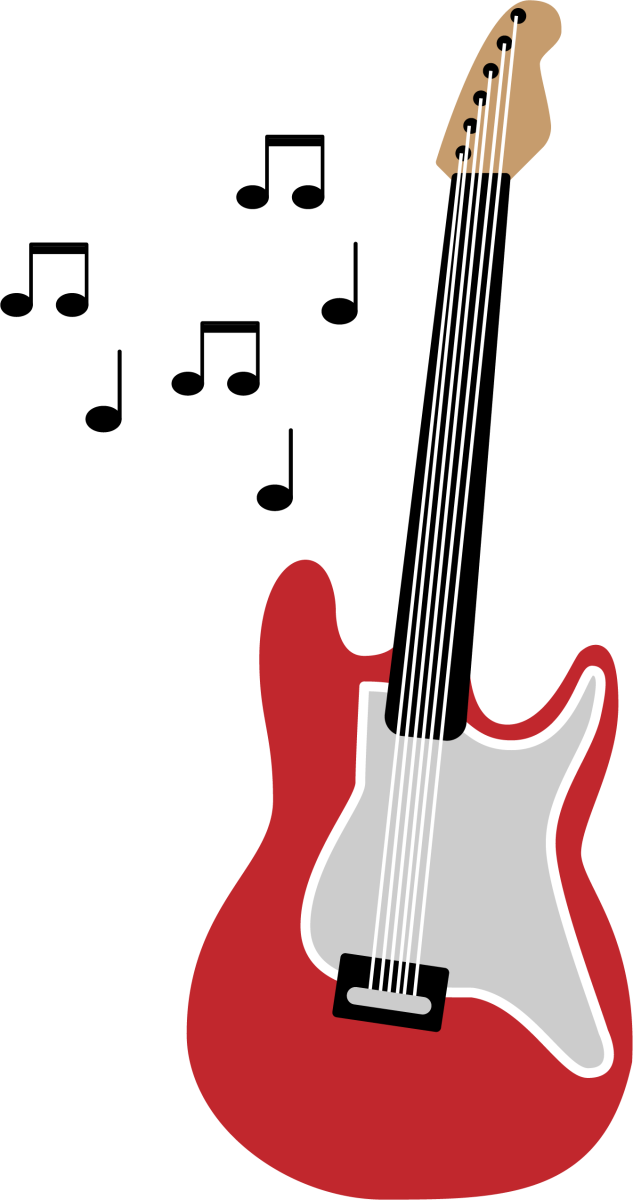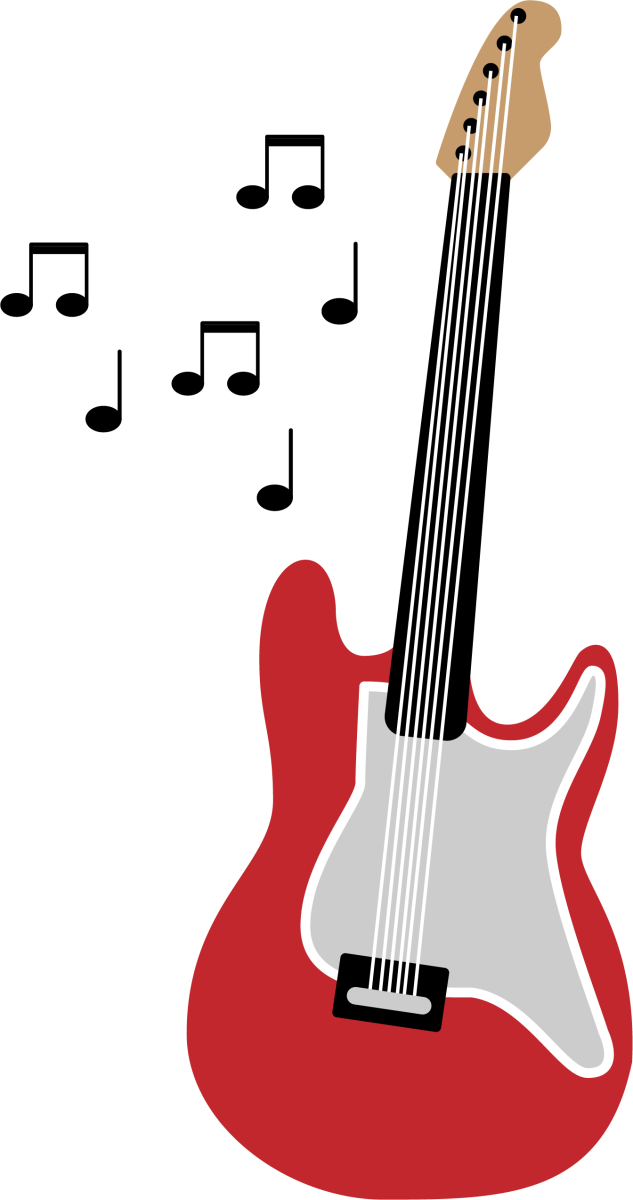In an era when instant gratification is typical, there is something rewarding about searching through record stores for that one album I really want on vinyl. Sure, I have heard those songs over and over again through Spotify, but if I love a piece of music enough I get a hankering to hold it in my hand.
Flipping through a stack of records at a record store is both therapeutic and enriching as a music fan. A majority of the records I usually do not recognize, so I come across new music all the time through looking for vinyl. Then there is that moment I have been waiting for — moving aside a record in the box to reveal a familiar cover. Finding an album I love is like seeing an old friend amongst a group of strangers. The “I have to have it” feeling kicks in immediately. My personal method is to look at the price tag later after I have carried it around the shop and become attached to it.
The best part of physical music is that it compiles information about the recording into one package. I’m not an audiophile and do not have a high-quality sound system for my turntable, so the highlight for me is reading the notes on the record packaging. When I put on a record for the first time I sit beside my turntable and read the lyrics, songwriting credits, and recording information.
It is thrilling for me to see the iconic logos of record labels or to read the names of the producers and engineers. Knowing the process behind the music helps me to understand it at a deeper level. It also helps me to focus on the music and give it the proper attention it deserves as crafted art. I believe it is important to dwell on a record in order to have a full appreciation for it. Physical music makes that possible.
I actually have more CDs than I do vinyls because they are less expensive and I can play them in my car. I am blessed to have a car old enough to still have a CD player. Although they are smaller, the packaging usually includes just as much information as vinyls. Sometimes, CDs have booklets and sleeves under the front cover which hold the opportunity for unique visuals and extra trinkets. I have a CD of “No Code” by Pearl Jam which comes with polaroid photos for each song, the lyrics and songwriting credits printed on the back. I also have a 25th anniversary edition of The Clash’s “London Calling” which includes a poster, a booklet with the story of the album’s creation, a disc of the previously lost “Vanilla Tapes,” and a documentary DVD.
Another intriguing aspect about physical music is that it becomes an artifact for music history. Original pressings and reissues each offer their own glimpse into the context of a record. For example, I was amused to discover that my copy of Frank Sinatra’s 1959 album “No One Cares” includes a guide from Capitol Records explaining what a stereo record is, because monaural records were the standard at the time. Reissues can provide a retrospective history of a recording, such as in my 2017 remix of Soundgarden’s “Ultramega OK” that has the story of the original recording written by guitarist Kim Thayil on the sleeve, as well as an explanation of the remix process by legendary Seattle-based producer Jack Endino.
The pendulum of public interest has swung back in favor of vinyl in recent years, despite streaming and social media being more central to the music industry than ever. Vinyl is persevering despite not being the primary mode of listening because it fills a void that digital music never will.
Music is a critical contributor to culture, yet it is evasive because it’s noise rather than a tangible product. Vinyl, CDs, and cassette tapes put the sound waves into your hands, bridging the detachment which technology can cause between the music and the listener. Contemporary society feels starved of such a connection, but us music-lovers can take solace in the fact that whatever the format of listening, music will always matter. Those who would say otherwise probably just haven’t experienced getting lost in the creases of a record jacket yet.




